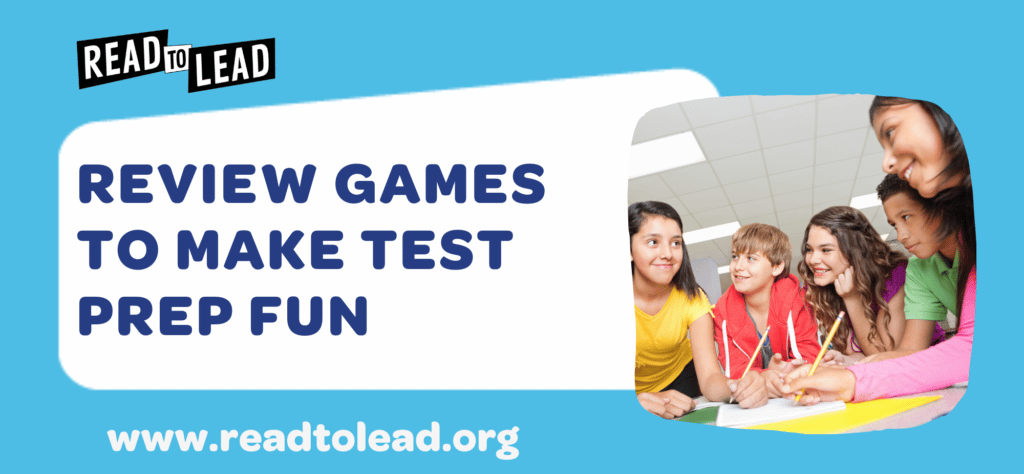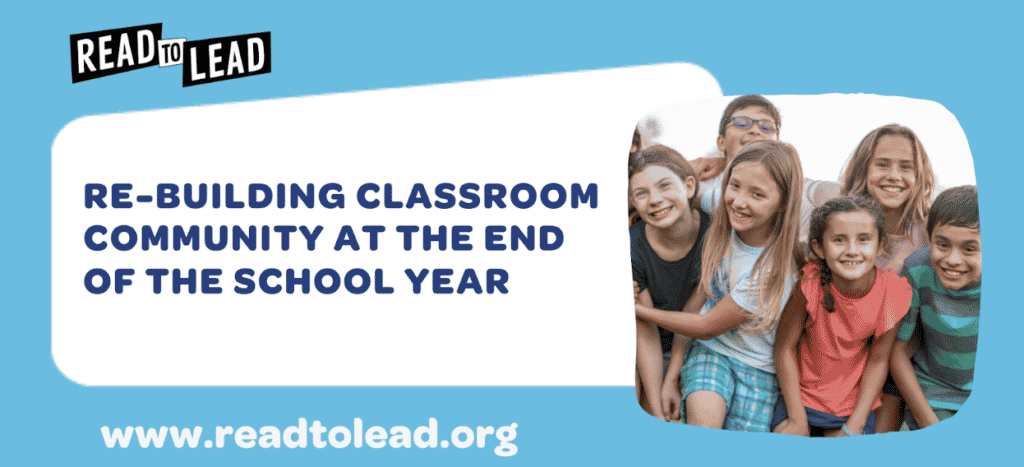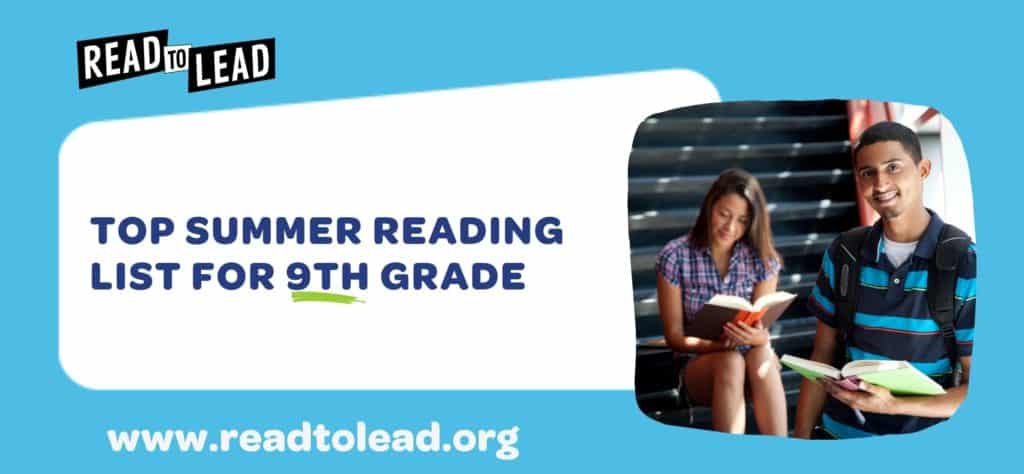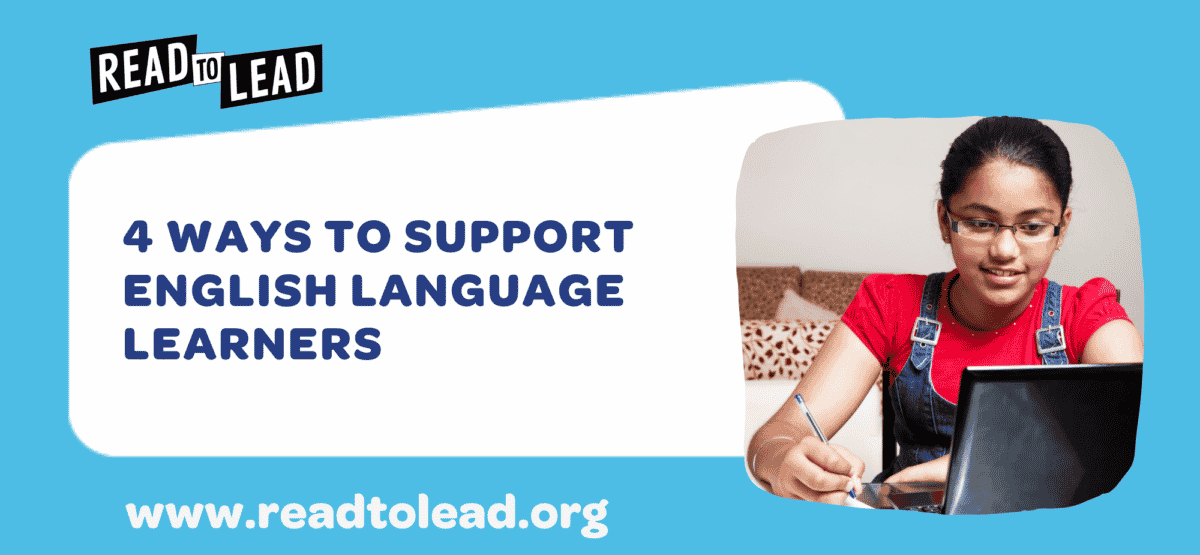
In 2020, an estimated 4.9 million children in the US education system were English Language Learners. These students often come from non-English-speaking backgrounds and often need additional support in English and other academic courses. Yet teachers aren’t often given specialized training to prepare them to work with these students.
At Read to Lead, we’re educators too, and we’re all about helping other educators. That’s why we’re sharing four ways to better support the English Language Learners in your classroom!
Create Class Routines
For students whose first language isn’t English, simply getting through the school day can be a challenge. Following instructions, getting ready for lessons, even just figuring out the timetable can be bewildering for English Language Learners. Having daily routines for your students to follow consistently can help reduce the mental stress and overwhelm they may otherwise experience.
Need some tips on how to create flexible routines that support your English Language Learners while still being easy to adapt to changing classroom settings? Check out our blog post for a few easy-to-implement ideas you can put into practice right away!
Build Vocabulary Acquisition through Background Knowledge
When it comes to acquiring vocabulary, rote memorization is not very effective. Instead, what supports English Language Learners in growing their vocabulary is having meaningful context or background knowledge.
Tech tools that give students context using real-world scenarios are an excellent way to encourage vocabulary acquisition. Flocabulary by Nearpod gives an overview of current events in The Week in Rap, providing students with a sense of what’s going on in the world while simultaneously expanding their vocabulary. In Read to Lead’s learning games, students learn new vocabulary within the context of different workplace industries such as medical, journalism, pharmacy, and public sector. These tools encourage vocabulary acquisition by providing students with background knowledge they can use to understand, remember, and internalize new words learned.
Use Tools Designed to Help You Reach Every Learner
As educators, nobody is more aware than us of the fact that every child has a different pace and style of learning. But in a classroom of 20 students, it can be a real challenge, if not almost impossible to differentiate instruction to meet each child’s needs and abilities.
Luckily, technology can lend a hand. Read to Lead’s learning games allow you to confidently meet students’ educational needs using real-time progress and CCSS-aligned formative assessments. Reach every learner with accessibility tools designed for the whole classroom. Read to Lead offers English Language Learners additional support through accessibility tools like the audio read-aloud function for students to get familiar with how the English language sounds, and the language translation feature that includes access to over 100 languages in gameplay. The glossary is another handy tool for students who may need a refresher on new words they have learned in context, and Super Ed, our support hero, is bound to be a hit among English Language Learners.
By using tools that are designed specifically for students with varying needs and abilities, you will better be able to help them reach their academic and language goals. For more guidance on employing differentiated learning techniques in your classroom to more effectively address English Language Learners’’ needs, check out this blog post!
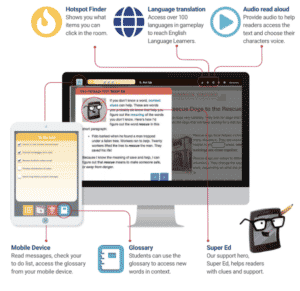
Show Parents Their Child’s Progress
It takes a village to raise a child – and when it comes to their education, nothing could be closer to the truth. Students are only in the classroom for a few hours a day, but their learning continues even after they leave. Sharing data and information about a student’s progress with their parents, caregivers, intervention teachers, tutors, and other people invested in their success is critical to ensuring that the student gets the continual support they need even outside the classroom.
The Read to Lead platform makes it a breeze to keep all stakeholders in the loop about students’ progress. Generating individual student reports that show how each student is performing with Read to Lead learning games is simple, and these reports, as well as the class performance reports, can easily be downloaded as a PDF to be emailed to parents or printed out as a physical reference sheet. Read to Lead also integrates with popular learning management systems (LMS) like Google Classroom, Schoology, and Canvas which makes sharing regular student progress updates even easier.
If you’re looking to support English Language Learners in your classroom as well as empowering the next generation of readers and leaders then Read to Lead’s learning games are for you! Sign up for a free account here.
About Read to Lead
Read to Lead uses the power of game-based learning to empower middle school students to build literacy, life, and career skills. Teachers can sign up for a free account to get started!
